By Russ Dalton
I am a resident of Rockport, living at the north end of Martin Road in the larger Barnaby Reach Project Area. The Skagit River System Cooperative has proposed to restore habitat conditions for fish and wildlife in the Barnaby Reach of the Skagit River. I have been intrigued by their proposal and wish to weigh in on the project presented.
I was born in the mid-1940’s on the Olympic Peninsula. In my lifetime, the forestlands were progressively logged up to the boundary of Olympic National Park, such that in today’s satellite imagery, that park today stands out in map-like relief, completely defined by the clear-cuts. Today’s traveler who has an interest in history and forests can note more changes in our lowlands by taking a drive from Rockport out to Lake Crescent, west of Port Angeles, about 150 road miles. After a stop at the Rockport State Park to view that extraordinary stand of big trees, proceed west through Burlington to the ferry at Coupeville. Take the ferry to Port Townsend. Drive another 70 miles until you arrive at Lake Crescent and the boundary for Olympic National Park. You have just driven more than 150 miles between the remnants of the big tree forests. The entirety of those massive forests of the Puget Sound lowlands that stretched from Rockport to Lake Crescent were all cut down in just a matter of decades.
There have been enormous changes in our environment here on the Skagit—well everywhere, really. Many of us may yearn for the “old days” when forests stretched on forever, and fish were uncountable. In the Pacific Northwest after the settlers arrived, those days lasted just a few decades, a tale that had been repeated from the Atlantic coast to the Pacific. Thankfully, across the nation there were people who woke up to what was being lost and fought hard to stem the tide of the colossal resource consumption and destruction. Progressive land use began in the days of President Teddy Roosevelt, huge conservation measures were introduced by President Franklin Roosevelt, and the Clean Air, Clean Water, and Environmental Protection Acts were some of the legacies of the Johnson and Nixon presidencies. Wild areas have been saved, the rivers no longer catch fire from pollution, and the Bald Eagle has been saved from extinction. Conservation, restoration, and preservation have all been the great tools to recover something of the “old days.”
The Barnaby Slough area wears the air of a morning-after- hangover from the hatchery party that’s now years gone by. It is waiting for the clean-up crew to haul away the junk. It is hard to argue against taking at least that step, which is defined in the Project Fact Sheet as Alternatives 1-3. Alternative 4 is a bigger step and rightly bears scrutiny because it would introduce part of the river into an area where the river hasn’t flowed for a hundred years or more.
I left the Olympic Peninsula twenty-five years ago, and at that time was living near the banks of the Elwha River, a couple miles downstream of the Glines Canyon Dam. I settled near the banks of the Skagit River, in the Barnaby Reach. I have since closely followed the unfolding story of the removal of the dams on the Elwha. It has been an enormous undertaking, and like the Barnaby Reach project, was driven by the desire to restore fish and wildlife habitat. There was the initial conceptual plan, followed by surveys, public testimony, project modeling, many negotiations amongst the numerous stakeholders—all steps that look familiar as we consider the Barnaby Reach Project. The potential benefits were anticipated as was any collateral damage to the extensive infrastructure in the flood plain—county roadways, a state highway, bridges, campgrounds, homes, two salmon hatcheries, a sewage treatment plant, even the Port Angeles city water system. More than twenty-five years passed from the first dam removal proposal to the final demolition in 2012. There were many stakeholders and it took those decades to address every perceived concern. And, even so, things have unfolded not entirely as anticipated. The long blocked salmon were actually spawning far sooner, the sediment released has created better than a hundred acres of delta at the river mouth, and more recently the river has wandered in its floodplain—perhaps more than was anticipated. I am pleased with the dam removal project thus far, as are most Peninsula residents concerned with the environmental health of their region. It has been an incredibly remarkable achievement in restoration of lost habitat.
As the Barnaby Reach project unfolds, it is my impression that the public comments of local residents have largely been only the vocal opponents of the project, even at this early stage. Largely the purpose of my letter is to express that interest does exist with residents residing in the immediate area to at least consider a project that may have long term restoration benefit for this area. I am remaining open to investigating–neither embracing, nor championing–but considering Alternative #4. We all want to see–and the project managers are planning–more survey work, river hydrology modeling, and planning against every eventuality especially as it might affect public safety and private property. I believe the Barnaby Reach project is a reasonable consideration, if indeed the science shows the benefit analysis to be high for the restoration goals with very low risk for adverse private property concerns.
We humans have dramatically altered this Skagit watershed in the past 100 years. If we can at least undo some of the mess in the Barnaby Reach then, that seems like a very good thing to do.
Note: Russ Dalton is a member of Stakeholder Advisory Committee for the Barnaby Reach Project.
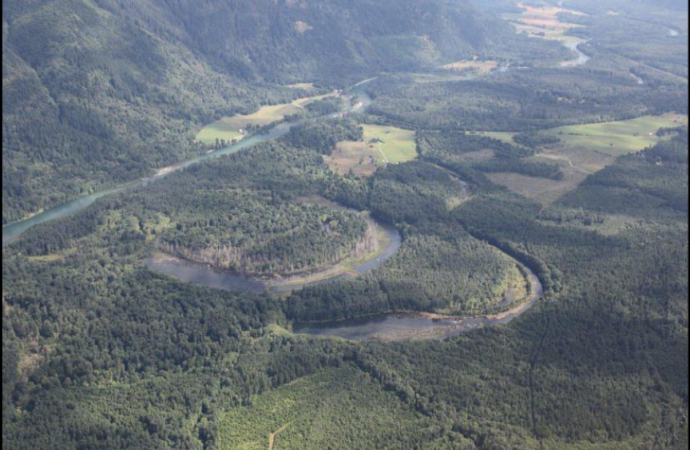
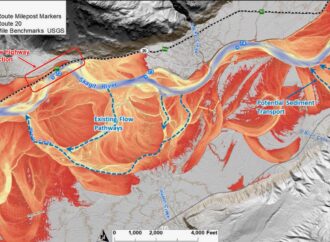
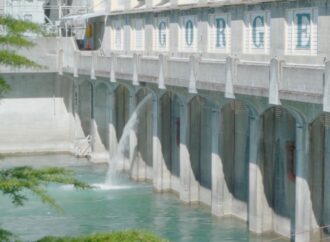

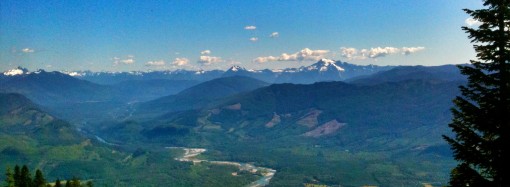
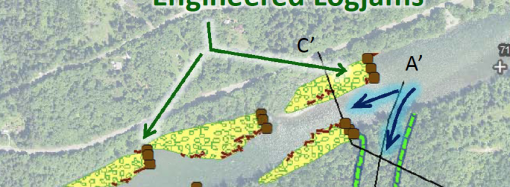
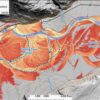
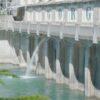
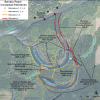
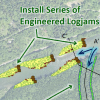
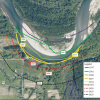
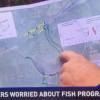
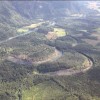
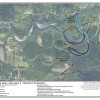
Leave a Comment
Your email address will not be published. Required fields are marked with *